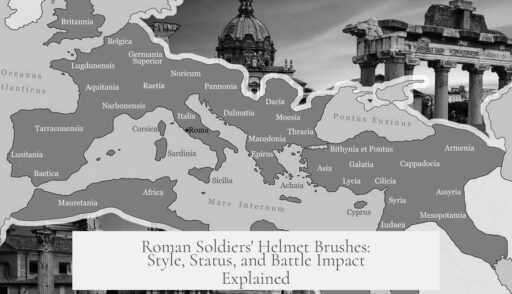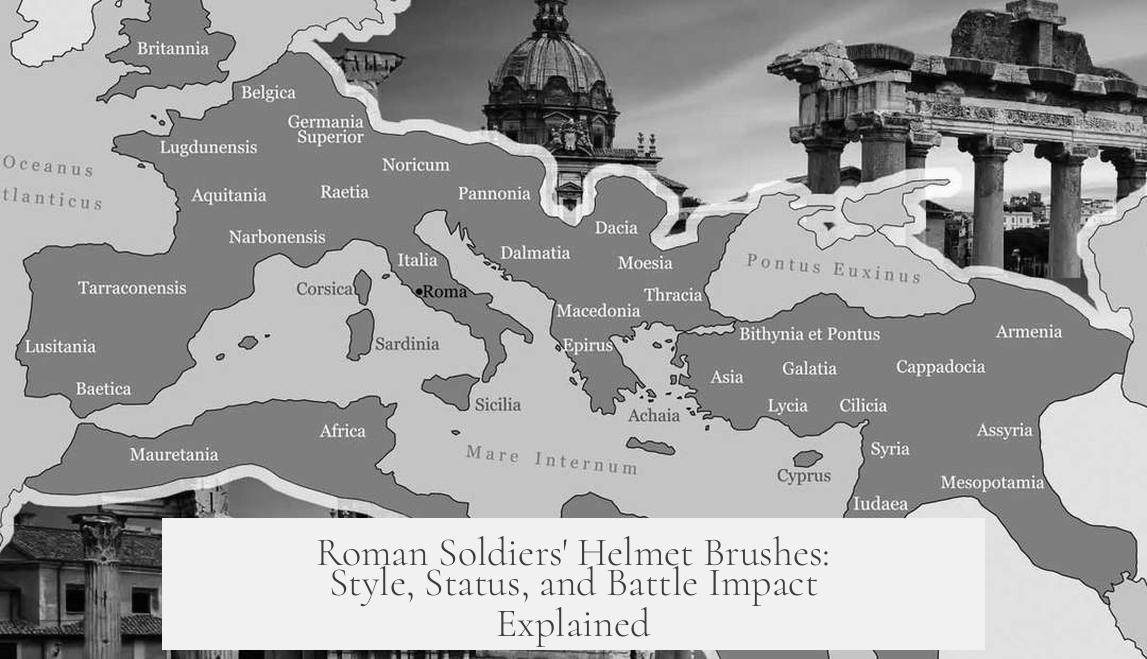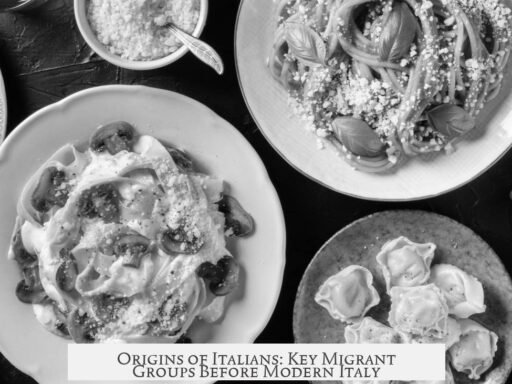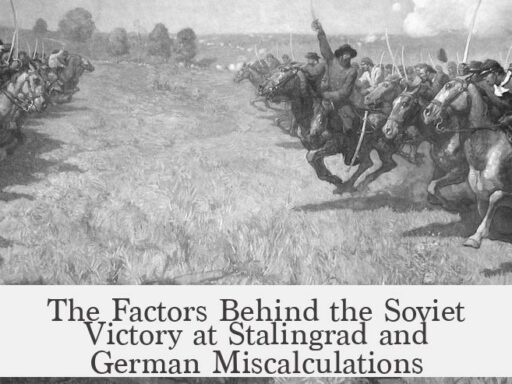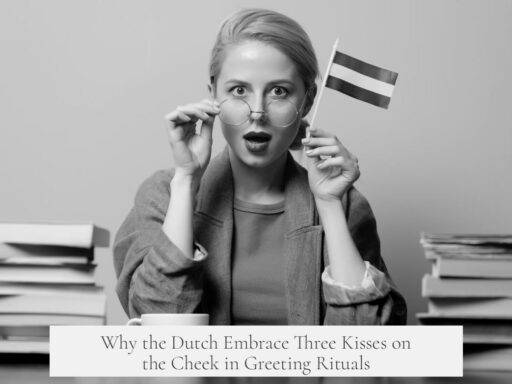Roman soldiers wore brushes or plumes on their helmets primarily to make themselves look taller and more impressive, serving as a form of psychological warfare to intimidate the enemy. These decorations enhanced the soldier’s stature and presence on the battlefield, helping to project a fearful and dominant image. This practice was common in ancient armies and followed the same logic throughout the Mediterranean and beyond.
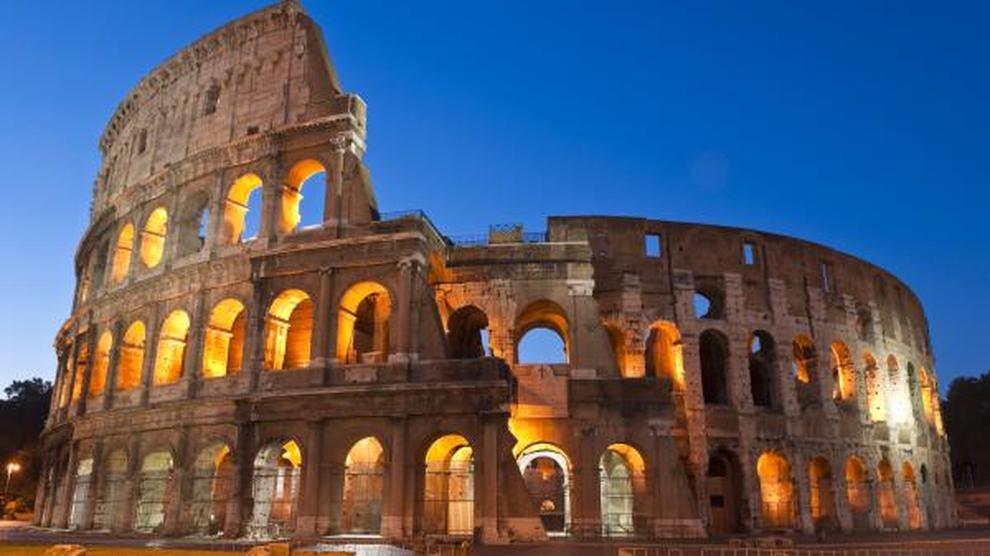
Romans adopted helmet plumes as part of their armor to create an imposing appearance. The addition of these feathers or horsehair crests visually doubled the height of a soldier, which aimed to strike terror into opposing forces. Ancient historians, such as Polyaenus, mention that enhancing the soldier’s appearance with such features was intended “to make every man look twice his real height” and to give a “fine appearance” that unsettled enemies.
Intimidation mattered a great deal in combat. Ancient battles often hinged on morale and fear as much as on physical strength. An army appearing formidable could undermine enemy motivation and confidence before any physical engagement. The psychological tactic of presenting a striking figure was a deliberate choice in warfare strategy.
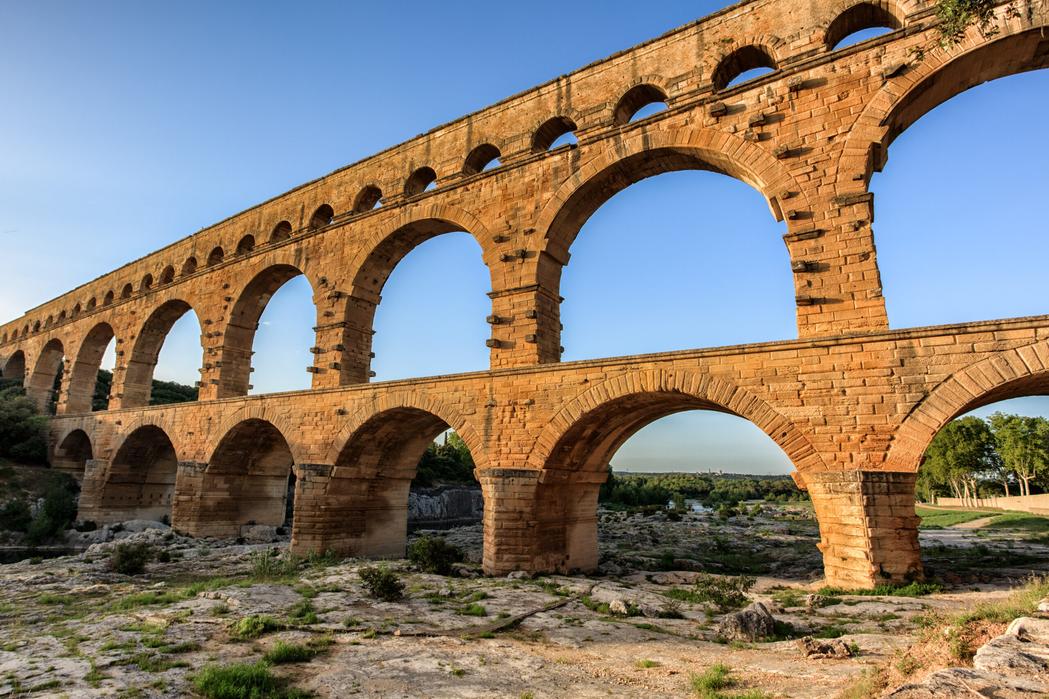
Various ancient armies employed similar helmet decorations. The use of plumes or crests was not unique to the Romans but a widespread practice aimed at boosting the stature of soldiers visually. This commonality underscores the practical value placed on battlefield image-making in antiquity.
Beyond intimidation, these brush-like crests often served to indicate rank and leadership. Different styles, colors, or directions of plumes helped identify centurions, tribunes, or standard-bearers within the ranks. This distinction enhanced command and control during combat, allowing leaders to stand out clearly to their troops.
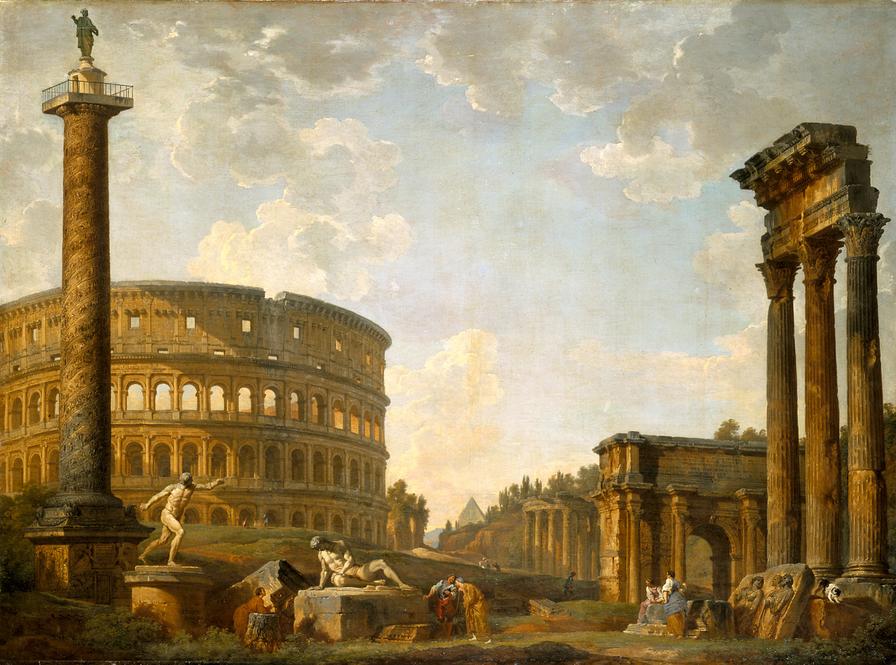
The design of Roman helmets evolved over time but consistently included provisions for attaching crests and plumes. Imperial Roman helmets such as the Montefortino or Imperial-Gallic types often featured fittings that could support decorative attachments. These changes coincided with practical improvements like enhanced neck and cheek guards, reflecting a balance between functionality and ceremonial appearance.
Despite the clear symbolic importance of the helmet brushes, it remains uncertain how universally or consistently they were worn in actual battle. Some evidence, like the relief on Trajan’s Column, suggests that ornate plumes were primarily for parades and formal occasions rather than frontline combat. Julius Caesar’s commentaries mention occasions where soldiers had no time to put on their “badges,” which might refer to crests or other insignia, leaving historians unsure about their use in the heat of battle.
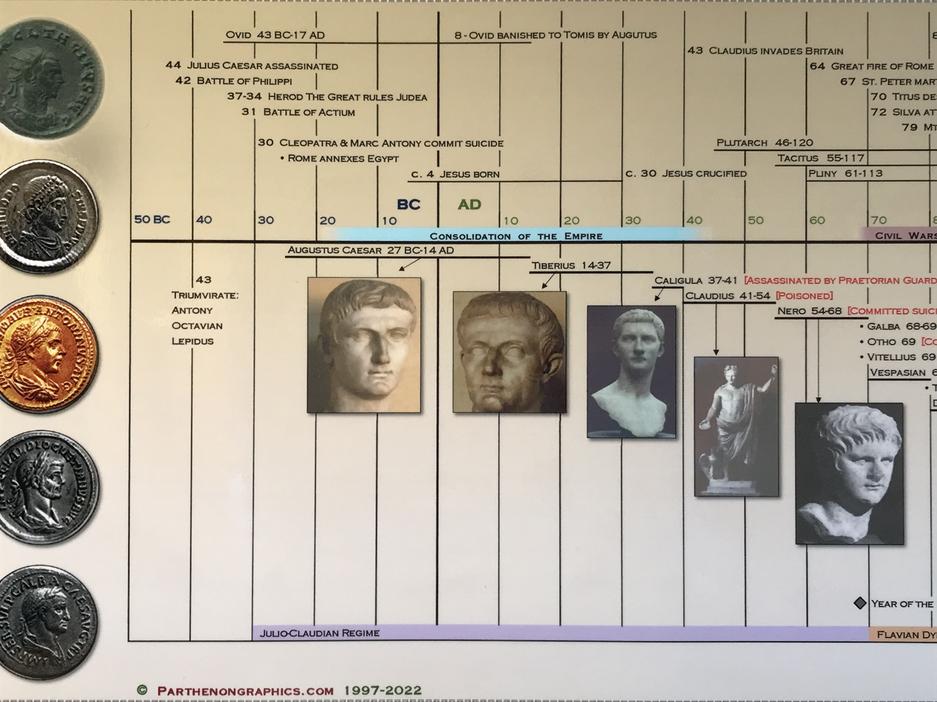
Historical sources confirm that Roman soldiers wore plumes or crests at least during the Mid-Republic period. Helmets could accommodate such decorations throughout later periods, but their battlefield usage likely varied based on practical considerations and command decisions. The precise nature of these “insignia” mentioned in ancient texts remains ambiguous, thus creating uncertainty about the exact role of helmet brushes during combat.
Appearance played a vital role in Roman military culture. A well-outfitted and visually impressive army could project strength and unity. Ancient sources describe enemy troops like the Gauls and Spaniards as fearsome partly due to their striking appearance, shining armor, and decorated helmets. Romans matched or exceeded this by dressing soldiers with plumes and splendid armor to achieve a similarly intimidating effect.
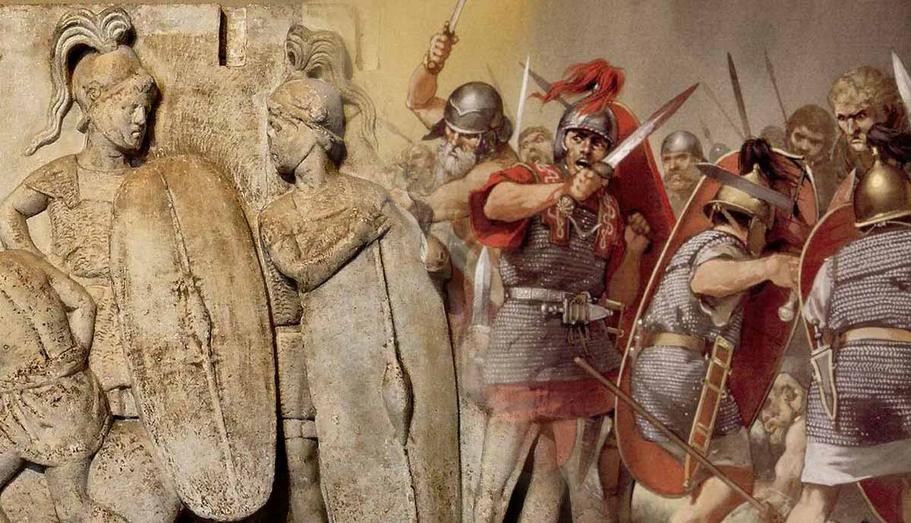
| Key Reasons Roman Soldiers Wore Helmet Brushes |
|---|
| To appear taller and more imposing |
| To intimidate enemies psychologically |
| To signify rank and leadership roles |
| To enhance the army’s unified appearance |
| For parade and ceremonial purposes |
In summary, Roman helmet brushes served as visual tools to enhance battlefield presence and influence enemy morale. While their consistent battlefield use is uncertain, the symbolic and practical reasons for wearing them are well documented in historical accounts.
- Helmet brushes made soldiers look taller and more formidable.
- They helped intimidate enemies and affect morale.
- Different crest styles identified ranks.
- Helmet designs allowed for attachments of plumes through different periods.
- Evidence suggests crests were more common in ceremonies than combat.
Why Did Roman Soldiers Wear Those Brushes on Their Helmets?
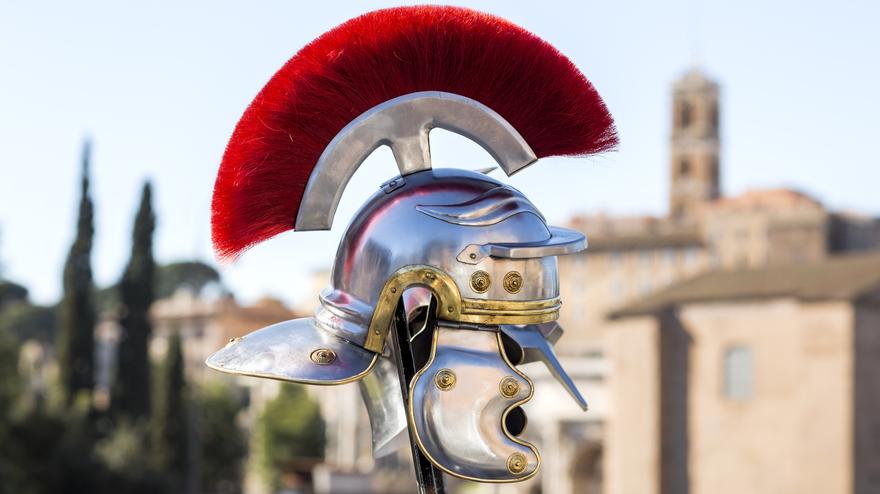
Roman soldiers wore those brushes—officially called crests or plumes—on their helmets mainly to appear taller, more impressive, and frankly, to intimidate their enemies. These colorful tufts weren’t just accessories; they played a key role in ancient warfare psychology.
Let’s dive into the fascinating reasons behind those eye-catching helmet decorations, exploring their practical purpose, their role in Roman military culture, and what modern historians think about their actual battlefield use.
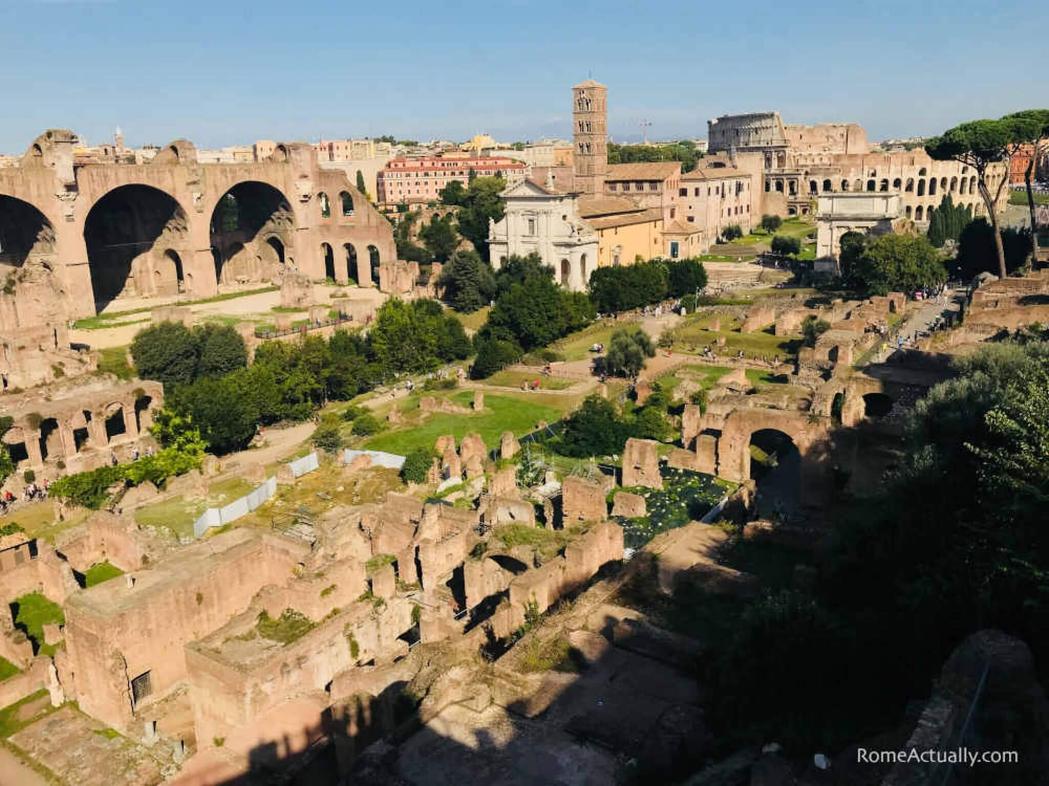
Height: Making Romans Look Twice as Tall
Imagine standing in front of an army where every soldier looks twice as tall as they are because of feathers sprouting from their helmets. That’s exactly the effect Roman commanders hoped to achieve. According to historian Adrian Goldsworthy, the Romans, much like many ancient armies, used helmet decorations to enhance the soldier’s height and overall presence. This wasn’t just vanity—it was a carefully planned psychological tactic.
“The addition of which on the head surmounting their other arms is to make every man look twice his real height, and to give him a fine appearance, such as will strike terror into the enemy.” (Pol 6.23)
Whether it was horsehair, feathers, or other brush-like materials, these crests added several inches of visual height. Standing on a battlefield, this made the whole legion look more formidable. The spectacle could shake enemy morale before any sword was even drawn. The bigger and crazier the crest, the tougher a Roman looked.
The Power of Psychological Impact
In ancient warfare, breaking your enemy’s fighting spirit was as important as physical combat. A soldier’s appearance was a battlefield weapon in itself.
Those towering helmet plumes created a display akin to a peacock’s feathers. Sure, peacocks just want mates, but Roman soldiers wanted to scare the living daylights out of their opponents. When whole formations marched with shining armor, polished helmets, and plumes swaying above their heads, the combined visual impact could intimidate entire enemy units before battle even began.
This tactic isn’t unique to Rome. Many ancient armies—think Greeks, Gauls, and other civilizations—used similar helmet decorations, showing that the desire to look “larger-than-life” is a timeless military stunt. Everyone seems to want to look taller and meaner, from cavemen to cops in riot gear.
More Than Just Looks: Status and Identification
Helmet crests also played a practical role beyond just being showy. They helped identify rank and roles within the army. Centurions, tribunes, and other officers often sported differently colored or styled crests to stand out.
This made it easier for soldiers to spot their leaders amid the chaos of battle. No one wanted to wave their hands trying to find the centurion. Instead, you’d spot him by that flashy plume poking out above everyone else.
Also, standard-bearers—the folks carrying the legion’s standards—often had ornate crests that marked their vital role. This looked cool and vital because losing a standard was a huge deal and a serious blow to morale.
Evolution and Practical Design of Roman Helmets
Roman helmets evolved through centuries but kept the option for plumes or crests. The early Montefortino helmets and later the Imperial-Gallic designs usually had attachments suited for these decorations. So even if the crest wasn’t always there, the helmet was ready to support one.
Innovations in helmet design focused on better protection—like neck guards, brow guards, and cheek pieces—but they didn’t abandon the option for plumes. The decorations were still useful for visibility and intimidation.
Were They Worn in Battle or Just for Show?
Here’s where things get a little tricky—and less Hollywood-worthy. Despite what movies show you—giant, colorful horsehair plumes bouncing wildly in the heat of battle—the truth is less certain.
We have ancient reliefs, like Trajan’s Column, showing soldiers wearing crests, but many historians believe those images might represent ceremonial dress, not actual battle gear. Parades and official occasions were when soldiers probably sported their most impressive hats.
Julius Caesar’s own writings add color to this debate. He once described a sudden fight where soldiers didn’t get time to put on their crests or even cover their shields properly. This suggests that crests might have been more about parade pomp than practical warfare gear.
Adding to the confusion, the Latin word for badges—insignia—could refer to any mark of distinction, not necessarily the helmet plumes. So, the assumption that all “insignia” meant crests may be off.
In other words, while we can say with confidence that crests helped in intimidation and identification, whether every Roman gladiator wore these bristly headpieces into the thick of sword fights remains uncertain.
Colors, Materials, and Mythbusting
Hollywood loves to paint Romans in bright red tunics and flaming red crests. But guess what? Red wasn’t always their go-to color.
Romans wore all sorts of colors—white, blue, green—depending on the unit and period. Generals often had red military cloaks, but foot soldiers’ colors varied widely. So those plumes might have been red, yes, but many other shades were possible.
The materials for the brushes or crests likely varied too. Horsehair was common, but feathers and other materials might have been used depending on availability and fashion.
Putting It All Together: Practical Tips From History
- Know your audience: The crest was designed to intimidate enemies. Display matters.
- Stand out to lead: Officers needed to be visible. Crests did the job.
- Adapt for the occasion: Battle or parade? The plume’s importance shifts.
- Use the right tools: Helmets were designed to hold crests but prioritized protection too.
Next time you see a Roman soldier with a brush on his helmet, remember: it’s not just for style. It’s ancient psychology in action. Tall, proud, and ready to terrify.
Curious to Learn More?
If you want to dig deeper into the world of Roman military gear, check out History Extra or Britannica. These sites offer a treasure trove on helmet types, battle tactics, and the evolution of Roman warfare.
How do modern soldiers use appearance to influence battlefield morale? Does your company’s work uniform intimidate or inspire? Ancient Rome shows us appearances *do* matter—whether on the plains of Gaul or the office break room.
So there you have it: brushes on helmets had brains behind their beauty.
Why did Roman soldiers wear brushes or plumes on their helmets?
The brushes made soldiers look taller and more impressive. This was meant to intimidate enemies by creating a striking and imposing appearance.
Did the helmet brushes indicate a soldier’s rank?
Yes. Different plume types and placements helped identify ranks. Officers like centurions often had distinctive helmet decorations to stand out.
Were these plumes worn during actual battles?
It’s unclear. Some evidence suggests plumes were mainly for ceremonies and parades. Soldiers might or might not have worn them in battle, depending on the situation.
Why did ancient armies, including Romans, focus so much on appearance and equipment?
Appearance affected morale and psychological impact. Well-outfitted troops inspired confidence and could intimidate enemies, which was crucial to winning fights.
Did all Roman helmets have attachments for these brushes or crests?
Most helmets had places for plumes or crests. Designs evolved to include features like better protection, but attachments for decorations remained common.
